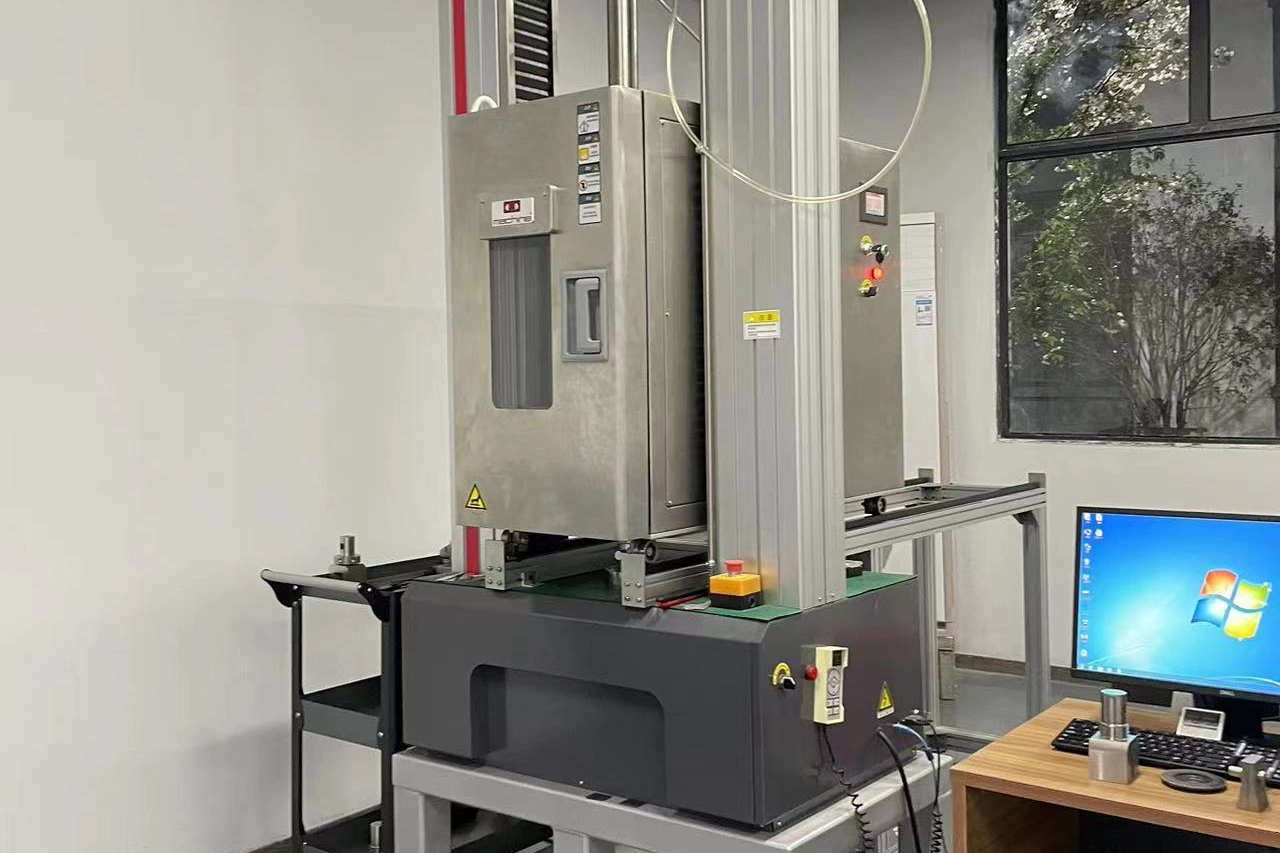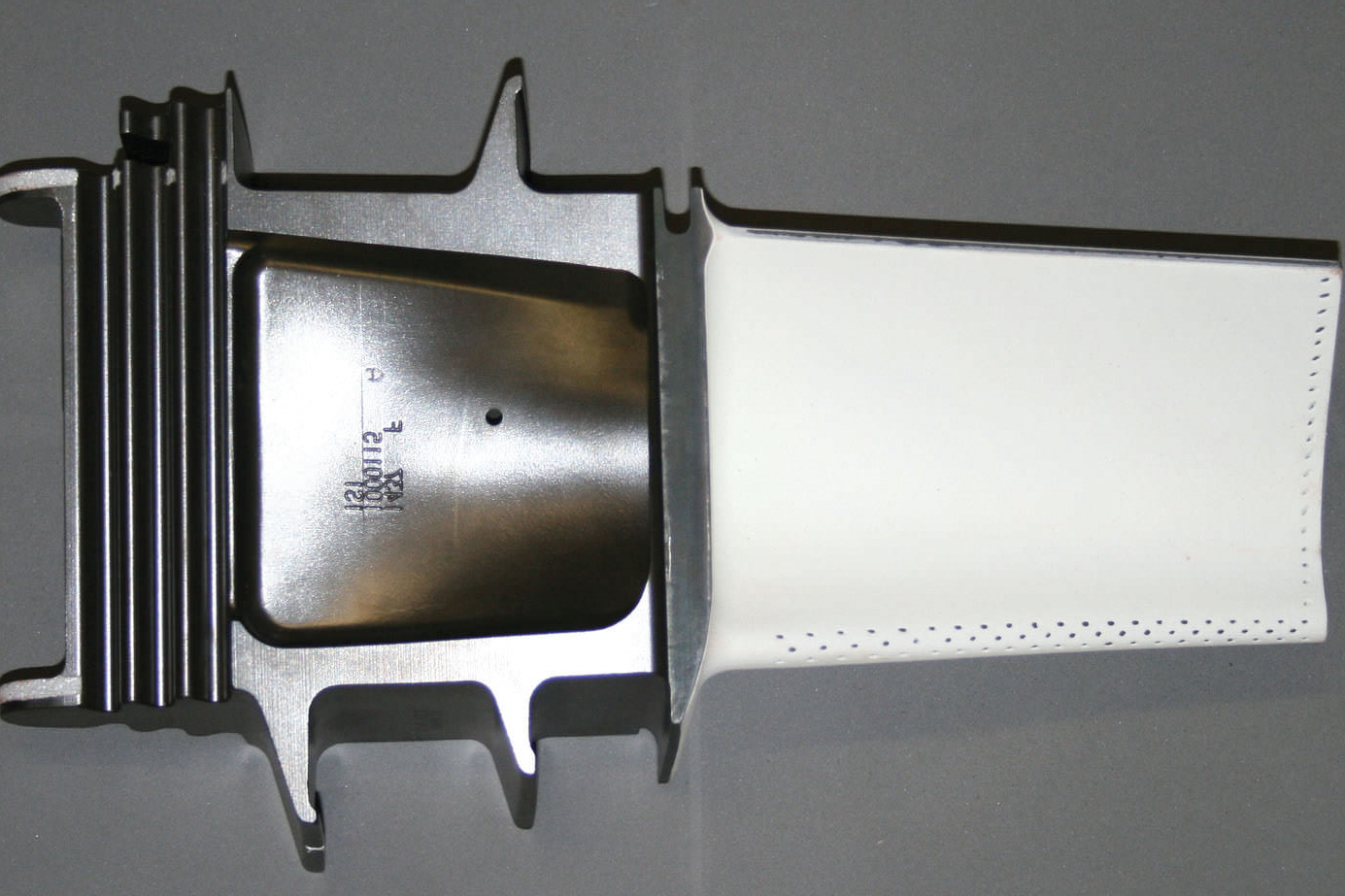Tensile Testing: UTS/YS/Elongation Certification for AM Metals
Introduction: The Power of Data – How Tensile Testing Provides Authoritative Certification for 3D Printed Metal Performance
In today’s rapidly evolving additive manufacturing landscape—especially in critical fields such as aerospace and medical devices—relying solely on process parameters and engineering experience is no longer sufficient to guarantee part reliability. As materials testing engineers at Neway, we recognize that every delivered component carries critical responsibility for our customers. With this sense of duty, we rely on a standardized tensile testing system to provide scientific, objective data support for the mechanical performance of 3D-printed metal parts, ensuring that every design decision is backed by evidence and every shipped part is supported by certification.
Understanding Tensile Testing: UTS, YS, and Elongation
Yield Strength: The Threshold Where Permanent Deformation Begins
Yield strength marks the transition of a material from elastic to plastic deformation and directly determines the allowable operating limit of a part. In engineering design, yield strength serves as the fundamental basis for determining allowable stress. For example, in aerospace structural components, we must ensure that parts operate well below the yield point under service loads to avoid permanent deformation. By accurately measuring YS, we provide precise design input to help ensure safety and reliability throughout the part’s service life.
Ultimate Tensile Strength: The Maximum Capacity to Resist Fracture
Ultimate tensile strength (UTS) represents the maximum stress a material can withstand under static loading, reflecting its ultimate load-bearing capability. Under extreme or unexpected loading conditions, actual service loads may exceed design expectations; at this point, UTS becomes the last line of defense against catastrophic fracture. Our testing data show that with optimized 3D printing processes, the tensile strength of additively manufactured metals can match or even exceed that of conventional forged materials, giving designers greater flexibility and confidence.
Elongation: A Measure of Ductility
Elongation after fracture is a key indicator of material toughness, directly influencing impact resistance and sensitivity to stress concentration. Higher elongation means the material can absorb more energy before fracture and can redistribute local stresses through plastic deformation. In real-world applications, adequate ductility helps prevent brittle failure and improves structural reliability. Our results confirm that through process optimization and appropriate post-processing, the elongation of 3D printed metals can be significantly enhanced.
How Neway Performs Standards-Compliant Tensile Certification for AM Metals
Standardized Specimen Preparation: The Foundation for Comparable Data
The quality of specimen preparation has a direct impact on the accuracy of the test. We strictly follow ASTM E8 and related standards, using precision CNC machining to produce tensile specimens. We ensure that gauge length, cross-sectional dimensions, and surface finish all meet specification requirements. Each specimen undergoes dimensional verification, and only fully compliant specimens are then tested. This rigorous approach guarantees the reliability, comparability, and traceability of tensile data.
Precise Testing Procedures and Equipment
Our laboratory is equipped with certified universal testing machines and high-accuracy extensometers, all of which are regularly calibrated and maintained. During testing, we tightly control environmental conditions and loading rates to ensure consistency across all specimens. Using high-precision sensors and data acquisition systems, we capture complete stress–strain curves, providing not only UTS, YS, and elongation, but also rich information for deeper mechanical behavior analysis.
Comprehensive Data Recording and Reporting
Each test report includes a complete dataset and analysis, in addition to UTS, YS, and elongation. We also provide elastic modulus, reduction of area, and other supplementary properties where applicable. Our report formats comply with relevant industry and customer requirements and can be directly used for material qualification, process validation, and certification audits. All raw data is securely archived to ensure full traceability.
Applications of Tensile Testing Across the AM Quality Control Chain
Powder Batch Qualification: Ensuring Feedstock Consistency
Stable metal powder quality is fundamental to consistent printing performance. For every new batch of metal powder, we conduct mechanical testing using printed and heat-treated specimens. Only powders whose tensile properties meet defined acceptance criteria are approved for production. This stringent incoming control ensures material consistency and underpins robust process capability.
Process Parameter Development and Optimization
When developing new 3D printing process parameters, tensile testing is a core tool for evaluating process performance. By comparing tensile properties under different parameter sets, we can efficiently identify the optimal process window. For example, in qualifying a new superalloy printing strategy, systematic tensile testing enables us to select parameters that deliver the best balance of strength and ductility.
Validating the Effectiveness of Post-Processing
Post-processing has a decisive influence on mechanical performance. By comparing tensile properties before and after heat treatment and hot isostatic pressing (HIP), we quantitatively assess the effectiveness of each process. These results guide optimization of post-processing parameters to ensure the desired microstructure and mechanical properties are consistently achieved.
Tensile Properties of Typical AM Metals and Key Influencing Factors
Performance Characteristics of Superalloys and Titanium Alloys
For Inconel 718 superalloy, properly heat-treated AM specimens can typically achieve room-temperature UTS values of 1400 MPa or higher and YS not less than 1200 MPa, while maintaining good ductility. Ti-6Al-4V titanium alloy exhibits outstanding specific strength, with tensile strength above 1000 MPa at only about 60% of the density of steel. These excellent properties give 3D printed metal components unique advantages in high-end engineering applications.
Mechanisms of Print Defects Impacting Mechanical Performance
Our studies demonstrate that porosity, lack of fusion, and other process-induced defects significantly degrade mechanical properties—especially ductility and fatigue strength. When porosity exceeds a certain threshold, elongation drops sharply and UTS can also be noticeably reduced. By correlating tensile test results with process conditions and defect distributions, we can assess print quality and implement targeted process corrections in a timely manner.
Core Value of Tensile Certification for Customers and Compliance
Tensile test certification is more than a set of numbers; it is a formal guarantee of product quality. It provides designers with reliable material property inputs to support accurate and efficient structural design. These reports are also essential documentation for meeting industry and regulatory requirements, particularly in rigorously controlled sectors such as aerospace and medical devices. Most importantly, objective tensile data builds long-term confidence in the service performance of our products and forms a solid foundation for trustworthy cooperation.
Synergy Between Tensile Testing and Other Mechanical Tests
Complementarity with Fatigue Testing
Tensile properties are closely related to fatigue performance. Generally, higher strength correlates with better fatigue resistance, provided that appropriate design margins are maintained. By establishing relationships between tensile metrics and fatigue life, we can, in some cases, use tensile data as an effective indicator to support fatigue performance evaluations and design decisions.
Rapid Screening with Hardness Testing
Although hardness testing cannot fully replace tensile testing, empirical correlations between hardness and strength can be established for certain alloys. These correlations enable rapid on-site screening of material conditions and process stability. However, final acceptance for critical applications is always based on tensile test results.
Case Study: How Tensile Testing Validated the Superiority of a New Aluminum Alloy Printing Process
In a lightweight UAV structural development project, we introduced a new Scalmalloy® aluminum alloy for additively manufactured load-bearing components. To verify the effectiveness of the new process, we produced multiple sets of tensile specimens using both conventional and optimized parameter sets.
Test results showed that specimens produced with the optimized process achieved a yield strength of 520 MPa—an improvement of approximately 12% over the conventional process—while maintaining elongation at or above 12%. This breakthrough enabled the material to meet the stringent requirements for primary load-bearing UAV structures. With systematic tensile evidence, we successfully convinced the customer to adopt the new process, achieving both weight reduction and performance enhancement.
Conclusion: Solid Performance, Trust Built on Concrete Data
In a manufacturing era defined by increasingly stringent quality expectations, UTS, YS, and elongation from tensile testing have become the gold-standard indicators for evaluating the performance of 3D printed metals. At Neway, we look beyond the numbers themselves and focus on their engineering implications and the quality commitments they represent. Every data point reflects our pursuit of excellence; every report embodies our responsibility to our customers. We sincerely invite you to leverage our professional materials testing services and let rigorous data safeguard the reliability of your products.
Frequently Asked Questions
How does the sampling orientation of tensile specimens affect the test results?
What is the typical testing turnaround time, from receiving samples to issuing the report?
Which international or industry standards do you follow for tensile testing?
Beyond standard room-temperature testing, can you provide elevated-temperature tensile tests?
Can you provide expert analysis and recommendations on potential root causes?




